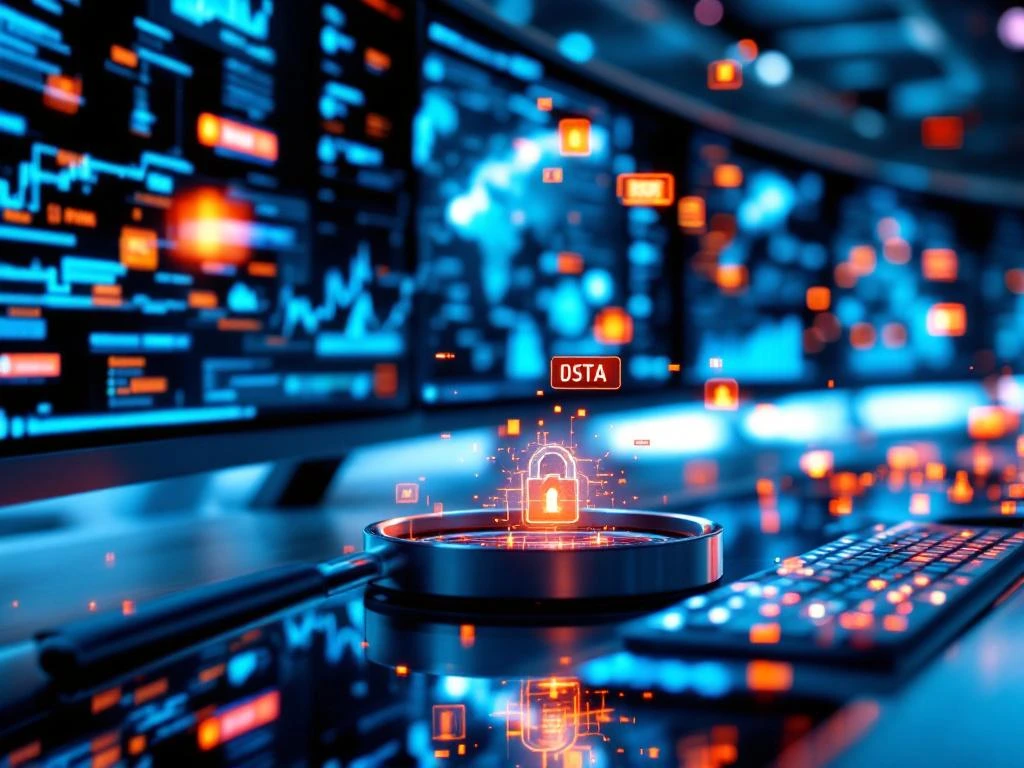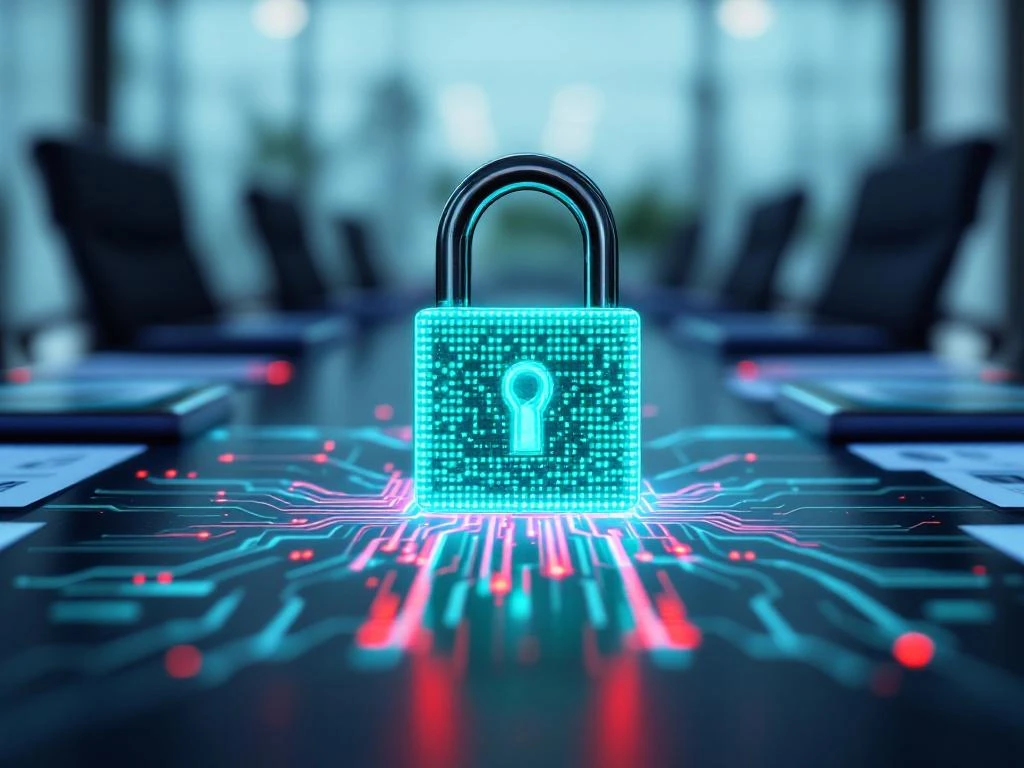Cybersecurity leaders are discovering that traditional security operations leave dangerous gaps in their incident response capabilities. When a breach occurs, security teams often scramble to collect evidence, only to find that important data has been overwritten, deleted, or compromised. This reactive approach creates compliance headaches and weakens forensic investigations.
Modern heads of cyber are solving this problem by integrating eDiscovery methodologies into their security operations. This approach transforms how organizations collect, preserve, and analyse digital evidence during incidents. You get structured workflows that capture complete forensic data while maintaining legal admissibility standards.
This integration isn’t just about better incident response. It creates a comprehensive security posture that supports both immediate threat detection and long-term legal requirements. You’ll learn why traditional approaches fall short, how eDiscovery enhances your capabilities, and practical steps to build integrated workflows that work.
Why traditional security operations miss critical evidence
Most security operations centres focus on real-time threat detection and immediate response, but this narrow approach creates significant blind spots when comprehensive investigation becomes necessary. Several critical weaknesses plague traditional security operations:
- Inadequate evidence preservation: Traditional security tools generate massive amounts of log data but aren’t designed for evidence preservation, lacking the chain of custody protocols needed for legal proceedings
- Automatic data overwriting: When storage limits are reached, older data gets overwritten automatically, destroying crucial evidence before teams even know they need it
- Discovery timing problems: Security teams typically discover breaches weeks or months after they occur, by which time crucial evidence has disappeared from temporary logs and systems
- Compliance documentation gaps: Regulations like GDPR and SOX demand detailed audit trails that traditional security operations rarely produce comprehensively
- Skills misalignment: Security engineers excel at threat hunting but often lack experience with legal hold procedures and evidence handling protocols
These fundamental limitations mean that even successful breach containment efforts can result in regulatory penalties, failed forensic investigations, and inadequate legal defense capabilities. The timing problem makes everything worse – your SIEM might capture network traffic patterns, but it won’t maintain the chain of custody needed for legal proceedings. When incidents escalate to litigation, security teams may inadvertently compromise evidence by using standard forensic tools without proper legal safeguards, leaving organizations vulnerable despite their technical security expertise.
How eDiscovery transforms cyber incident response
eDiscovery brings systematic evidence management to cybersecurity operations, fundamentally changing how organizations approach incident response. This transformation delivers multiple strategic advantages:
- Proactive evidence preservation: Instead of scrambling to collect data after incidents, you establish continuous preservation processes that capture relevant information automatically
- Legal hold automation: When suspicious activity is detected, preservation notices can be triggered immediately to prevent data deletion across email systems, file servers, databases, and mobile devices
- Enterprise-scale data processing: eDiscovery platforms handle terabytes of information efficiently, enabling simultaneous searches across multiple data sources to identify communications and track data movement patterns
- Structured workflow implementation: Established procedures ensure consistency and completeness in evidence collection, with automatic documentation creating comprehensive audit trails
- Automated chain of custody: Platforms track who accessed data, when changes occurred, and how evidence was processed, satisfying legal requirements without manual intervention
- Advanced threat analytics: Sophisticated analysis capabilities identify unusual communication patterns, detect evidence deletion attempts, and correlate activities across different systems
This comprehensive approach transforms incident response from reactive evidence scrambling into a systematic, legally defensible process. Legal holds become your first line of defense, immediately preserving evidence across your entire infrastructure while investigations proceed. The integration provides a complete picture of incident timelines and impact, supporting both immediate security response and long-term legal requirements with equal effectiveness.
Building the integrated security-eDiscovery workflow
Creating effective integration between security operations and eDiscovery requires systematic planning and implementation across multiple organizational dimensions:
- Process mapping and gap analysis: Map current incident response procedures against eDiscovery requirements to identify evidence collection points and determine additional preservation steps needed
- Automated trigger configuration: Establish automatic legal hold initiation when security alerts reach defined thresholds, configuring SIEM systems to send preservation notices upon detecting compromise indicators
- Collaborative workspace creation: Design shared environments where security and legal teams can work together effectively, providing appropriate access levels without compromising legal protections
- Evidence collection standardization: Document specific procedures for preserving data from all sources including cloud platforms, mobile devices, and third-party applications
- Regular workflow testing: Implement tabletop exercises simulating different incident types to verify preservation processes and test data recovery procedures
- Communication protocol establishment: Define clear escalation paths, notification requirements, and information sharing procedures between security and legal teams
- Performance monitoring: Track key metrics including preservation hold initiation speed, evidence collection completeness, and compliance requirement fulfillment
These integrated workflows create a seamless bridge between immediate security response and long-term legal defensibility. **Design workflows that give each team appropriate access without compromising legal protections** while ensuring rapid response capabilities remain intact. The systematic approach eliminates the chaos of ad-hoc evidence collection, replacing it with reliable, repeatable processes that satisfy both technical and legal requirements while supporting continuous improvement through measured performance analysis.
Overcoming integration challenges heads of cyber face
Successfully integrating eDiscovery into security operations requires addressing several complex organizational and technical obstacles that can derail implementation efforts:
- Budget justification: Address significant investment requirements by calculating potential regulatory fines, litigation costs, and business disruption from inadequate evidence preservation to demonstrate ROI
- Skills gap mitigation: Invest in cross-training programs that teach security professionals about legal holds, chain of custody, and compliance obligations, or hire professionals with dual domain experience
- Technology compatibility resolution: Plan for custom integration work and potential legacy system replacement when existing security tools don’t integrate smoothly with eDiscovery platforms
- Organizational resistance management: Address territorial concerns through clear role definitions and shared training that helps security and legal teams understand each other’s requirements
- Performance optimization: Design scalable integration using cloud resources and efficient data management practices to minimize impact from legal holds and continuous data collection
- Vendor relationship complexity: Ensure contracts include integration requirements and consider providers offering both security and eDiscovery capabilities to simplify vendor management
- Regulatory adaptation: Build flexible workflows that can adapt to evolving data protection laws, compliance requirements, and legal precedents without major system overhauls
These challenges require sustained commitment from both technical and legal leadership, but the investment pays significant dividends when serious incidents demand comprehensive evidence collection and legal defensibility. The most successful integrations address these obstacles systematically rather than reactively, building robust foundations that support both immediate operational needs and long-term strategic objectives while maintaining organizational agility in an evolving threat landscape.
At Iceberg, we understand that building these integrated capabilities requires professionals who understand both cybersecurity and eDiscovery domains. Our global network includes experts who can help you bridge these traditionally separate disciplines, ensuring your organisation has the talent needed to implement and maintain effective integrated workflows.
















